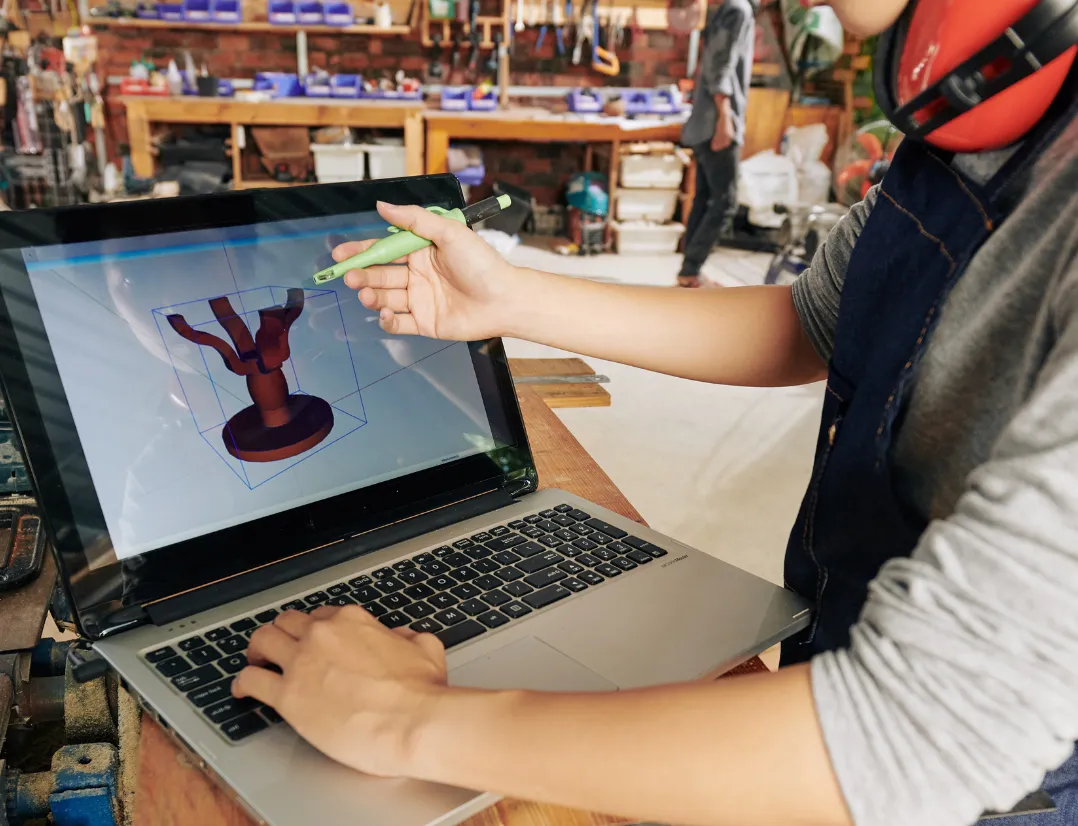
In today’s competitive digital landscape, businesses are constantly exploring innovative ways to stand out and engage their audiences. One of the most immersive and fast-growing methods is 3D Virtual Reality Marketing. By allowing customers to experience products, services, or brand environments in a simulated 3D world, companies can create lasting impressions, drive higher engagement, and boost conversions.
But to implement a successful 3D Virtual Reality Marketing strategy, choosing the right tools and platforms is crucial. In this article, we explore some of the best software, platforms, and resources to help you bring your VR marketing vision to life.
1. Unity
Unity is one of the most popular development platforms for creating 3D and VR content. With its user-friendly interface and extensive asset store, Unity allows marketers and developers to build interactive VR experiences from scratch. It supports multiple devices including Oculus Rift, HTC Vive, and Google Cardboard.
Key Features:
- Real-time 3D rendering
- Cross-platform support
- Huge community and support resources
- Integration with VR SDKs like Oculus and SteamVR
Best For: Brands looking to build custom VR experiences with high levels of interactivity.
2. Unreal Engine
Unreal Engine, developed by Epic Games, is known for its ultra-realistic graphics and is widely used in the gaming and film industries. However, it’s also an excellent choice for high-end 3D Virtual Reality Marketing campaigns.
Key Features:
- Photorealistic rendering
- Blueprint visual scripting (no coding required)
- Supports all major VR headsets
Best For: Luxury brands or industries like automotive and real estate that benefit from high-fidelity visuals.
3. Adobe Aero
Adobe Aero enables marketers and designers to create augmented reality (AR) and simple VR experiences without any coding. While more focused on AR, it can be a great tool for lightweight 3D Virtual Reality Marketing campaigns.
Key Features:
- Intuitive drag-and-drop interface
- Integration with Adobe Creative Cloud
- Supports interactive elements
Best For: Quick, visually appealing campaigns integrated with existing design workflows.
4. Sketchfab
Sketchfab is a powerful platform for publishing, sharing, and embedding 3D content on the web. It supports VR viewing, making it ideal for product showcases and educational content.
Key Features:
- Web-based viewer with VR support
- Easy embedding on websites and social media
- Supports annotations and 3D model interaction
Best For: E-commerce, education, and museums looking to add 3D product previews or interactive exhibits.
5. VeeR VR
VeeR VR is a global VR content platform that offers tools for creating, editing, and sharing VR experiences. It supports 360-degree video and 3D content creation, making it ideal for immersive storytelling.
Key Features:
- User-friendly editor
- Cloud hosting and analytics
- Multichannel sharing capabilities
Best For: Content creators, travel brands, and marketers who focus on immersive storytelling.
6. InstaVR
InstaVR enables businesses to quickly create VR apps and publish them across various platforms including iOS, Android, and major VR headsets. It offers a drag-and-drop interface and doesn’t require programming skills.
Key Features:
- Rapid app creation
- 360° video and photo support
- Multi-device compatibility
Best For: Companies needing quick, scalable VR app deployment.
7. WebVR/WebXR
For brands that want to offer VR experiences directly through web browsers, WebVR and WebXR APIs allow developers to create VR environments without the need for app downloads. This ensures a smoother user experience and wider accessibility.
Key Features:
- Browser-based VR
- Compatible with various headsets
- No app installation required
Best For: Businesses aiming for accessibility and minimal user friction.
8. Glitch and A-Frame
A-Frame is an open-source web framework for building VR experiences. It uses HTML-like code and integrates well with tools like Glitch, which helps you quickly prototype and share VR projects online.
Key Features:
- Easy to learn for beginners
- Open-source and flexible
- Works in most modern browsers
Best For: Startups, educators, and developers looking for cost-effective VR experimentation.
Final Thoughts
The world of 3D Virtual Reality Marketing offers limitless creative possibilities. Whether you are a small business looking to engage customers in a new way or an enterprise aiming for immersive brand storytelling, these tools and platforms provide the foundation for creating impactful VR experiences.
Before you choose a tool, consider your technical resources, campaign goals, and audience preferences. With the right platform, your 3D Virtual Reality Marketing strategy can not only capture attention but also drive meaningful engagement and sales.